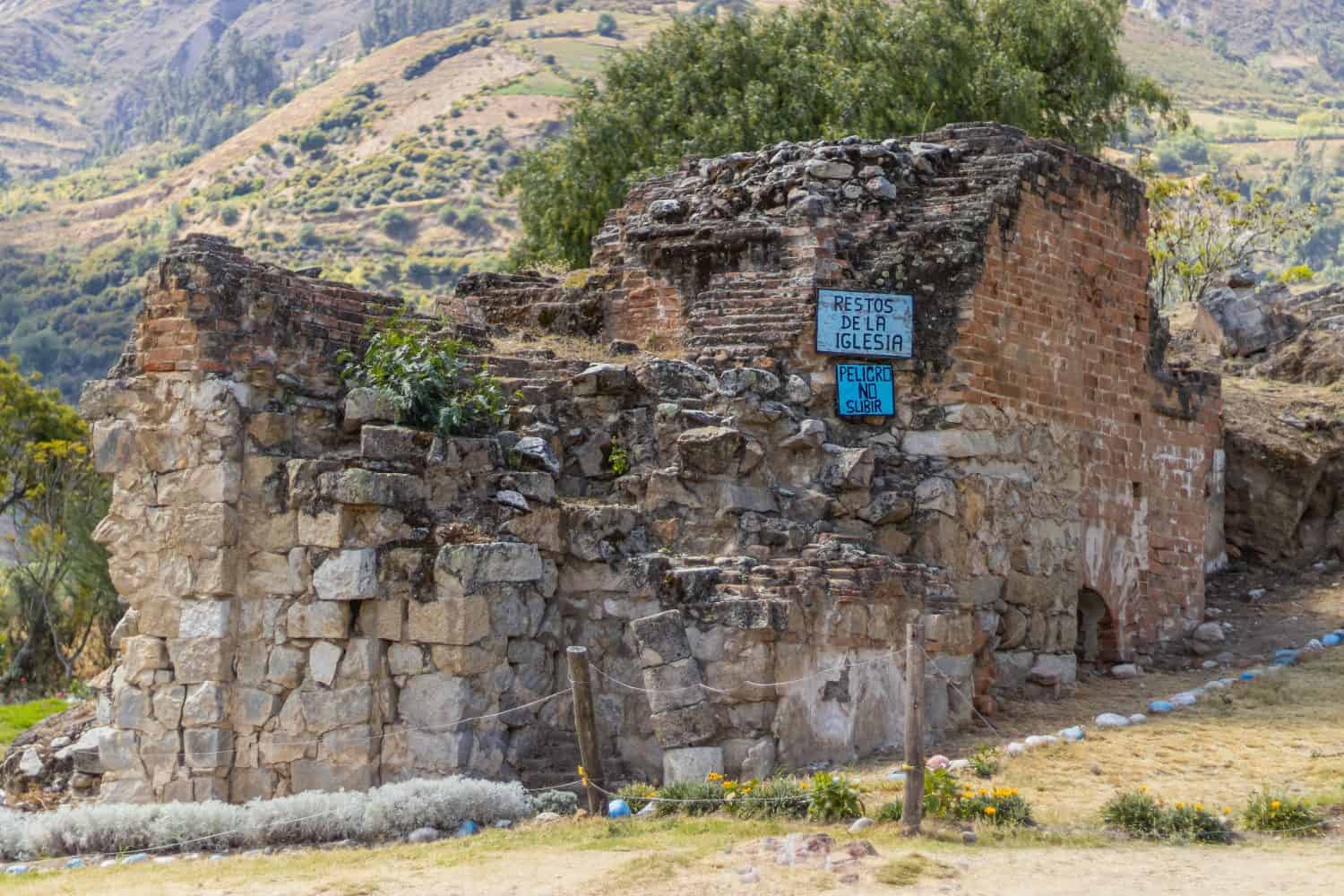One of the deadliest earthquakes in recent history, the 1970 Ancash earthquake is most notable for the landslide that resulted from the earth-shaking. On May 31, 1970, the Ancash earthquake was also known as the Great Peruvian earthquake. Killing as many as 70,000 people, it’s also considered one of the world’s deadliest avalanches. With this in mind, let’s look at this terrible earthquake and the resulting avalanche.
Earthquake
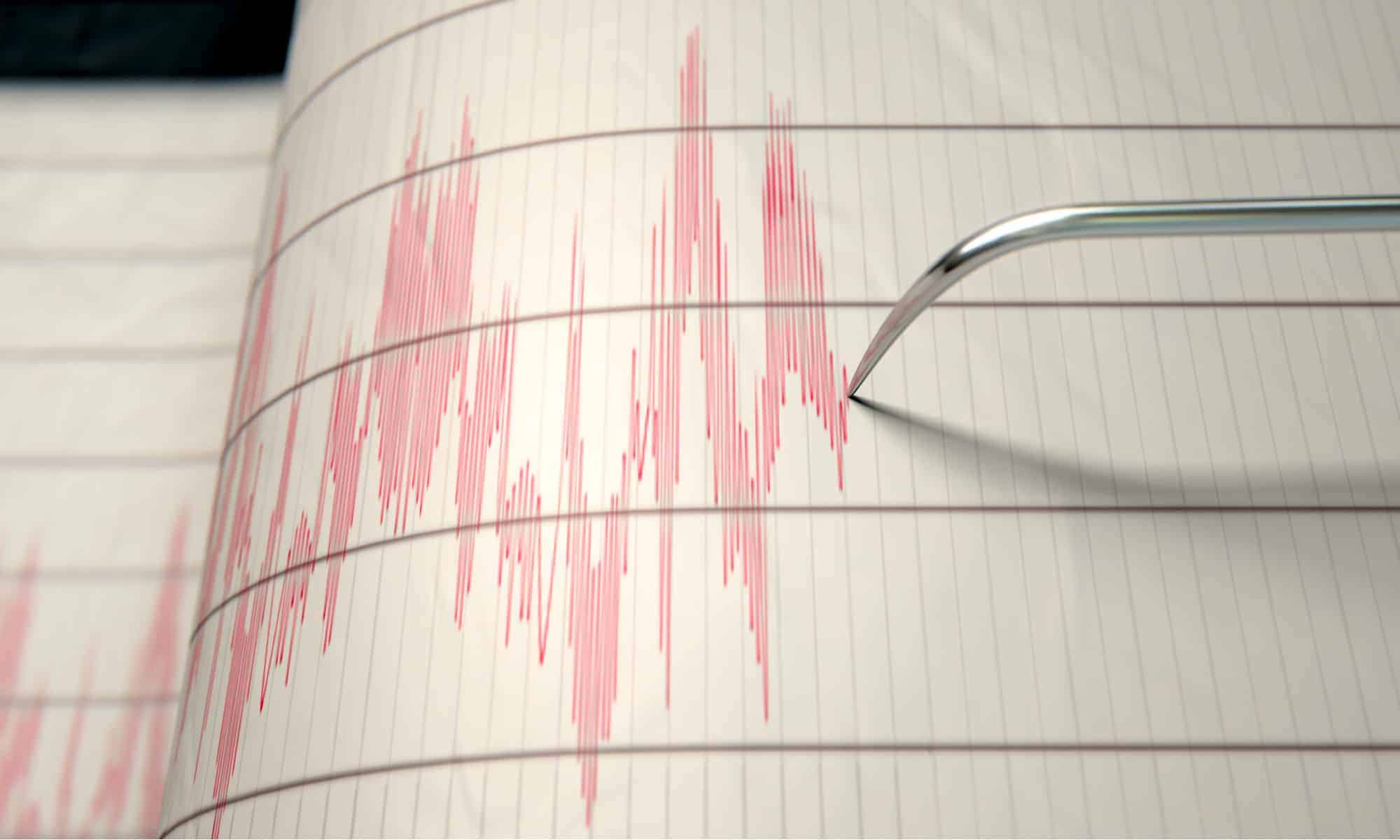
At approximately 3:23 PM local time, a massive 7.9-magnitude earthquake occurred in the Pacific Ocean off the coast of Peru. This undersea quake occurred in an area known as the South American Plate. According to the Mercalli intensity study, the Ancash earthquake received a rating of VIII, also known as “Severe.”
Immediate Effects
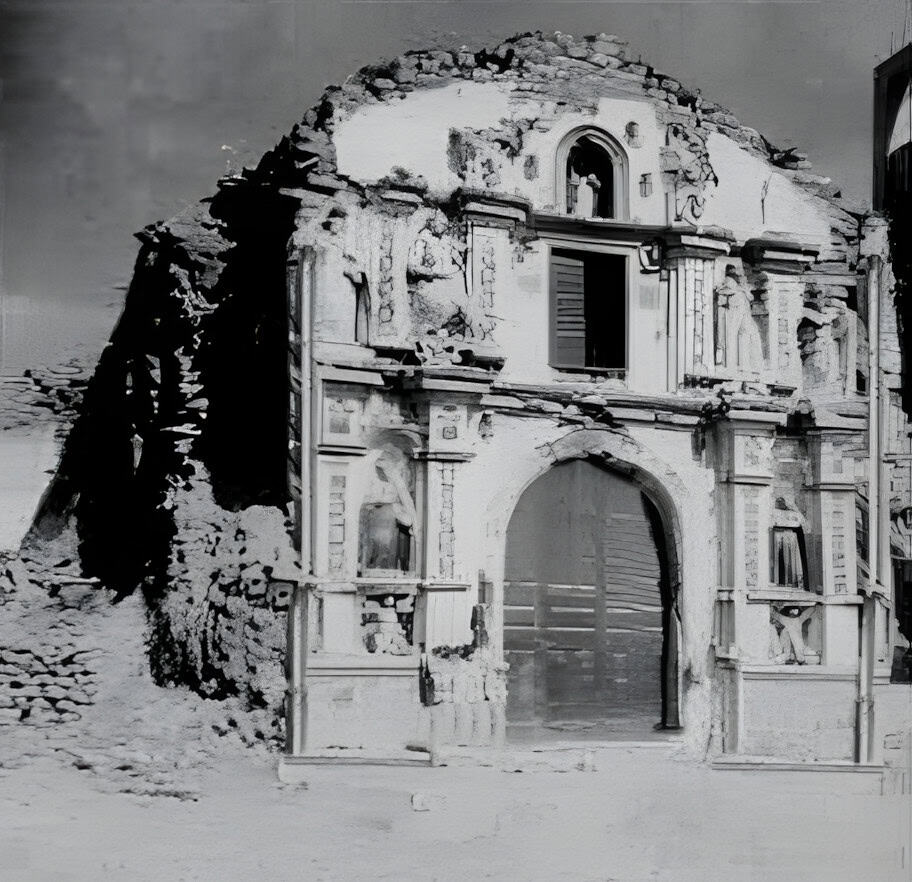
Anyone with an area of around 83,000 kilometers, or the combined size of Belgium and the Netherlands, would have immediately felt the initial shocks. Damage reports quickly came in, and tremors were felt from places as far away as Ecuador and Brazil. Almost immediately, basic communications completely broke down as infrastructure fell very fast. This meant, among other things, that no water or sanitary systems were available.
The Avalanche
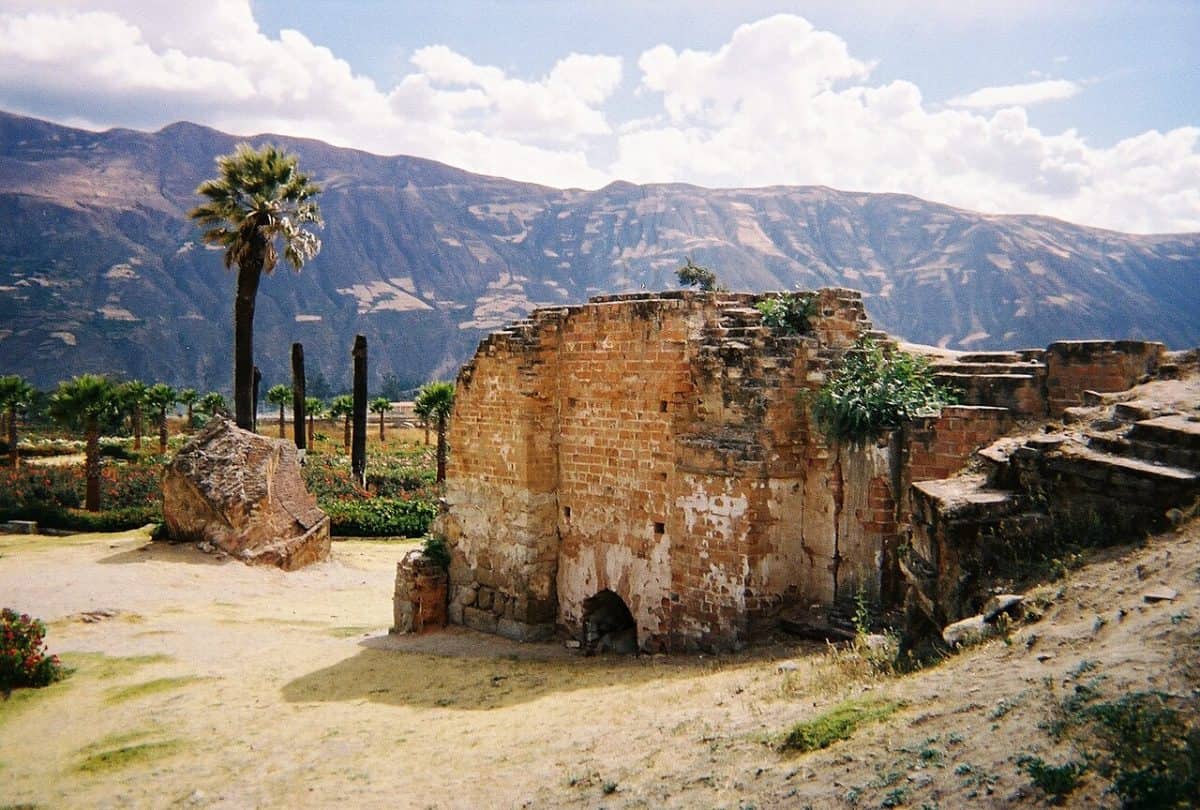
As if the earthquake destroying many critical infrastructure systems wasn’t bad enough, the worst was yet to come. The earthquake triggered a massive avalanche on Mount Huascaran, Peru’s highest peak. This landslide contained extreme levels of snow, rock, and ice, all of which, combined with a high rate of speed, have labeled it the “avalanche from hell.”
The Buried Cities
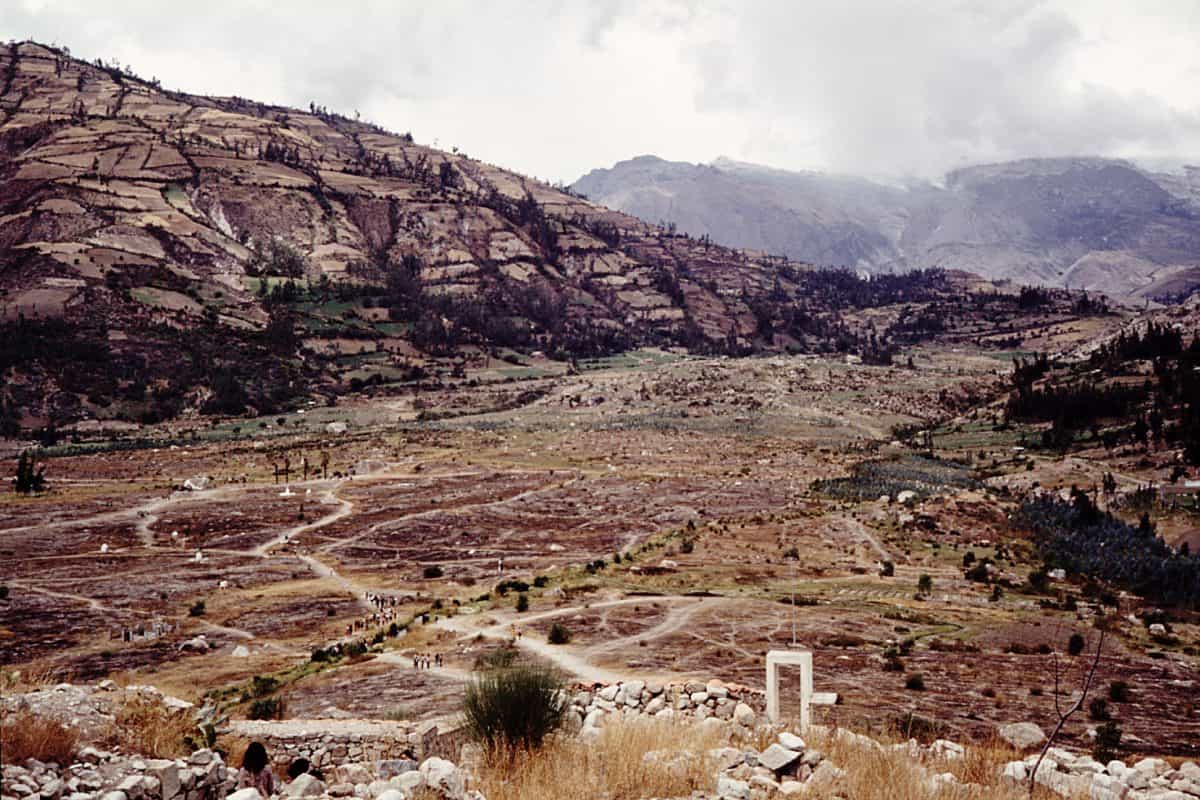
The landslide came down fast and furious, trapping the towns of Yungay, Ranrahirca, and its residents. The avalanche was believed to be around 2,990 feet wide and 1 mile long. It reportedly traveled 280 to 335 km or 174 to 208 miles per hour. It has been estimated that more than 2,825,000,000 cubic feet of mud, water, rocks, and snow made up the avalanche.
Yungay Destruction
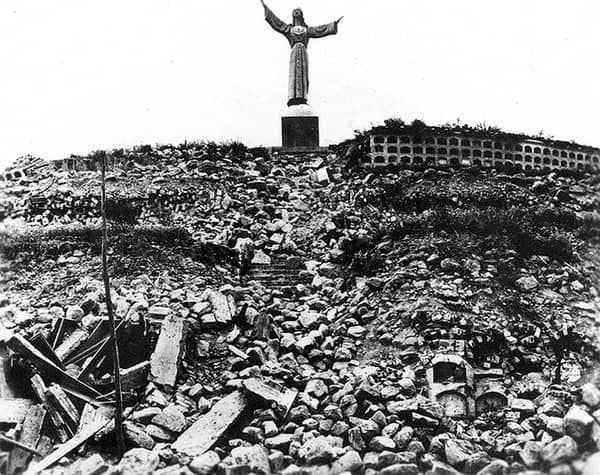
In the aftermath of the landslide, only a handful of the 25,000 residents of Yungay are said to have survived. The town was destroyed, so much so that the Peruvian government labeled it a national cemetery and relocated the survivors elsewhere.
Death Toll
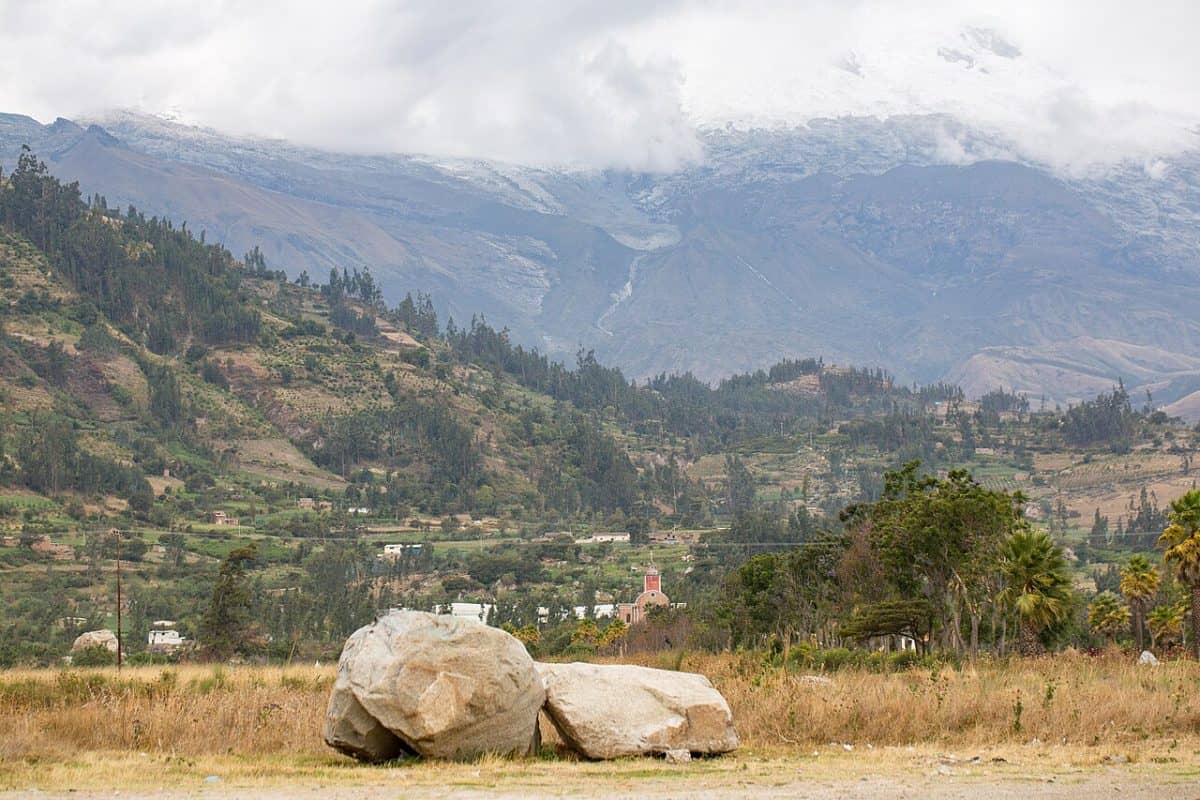
In total, an estimated 66,000 to 70,000 people lost their lives. Of course, the loss of life wasn’t the only concern, as the significant damage to infrastructure is estimated to have been upward of half a billion US dollars. This meant roads, bridges, and buildings were destroyed, if not too dangerous to use. On top of everything else, over 150,000 people were said to be injured, and 800,000 people were left homeless.
International response
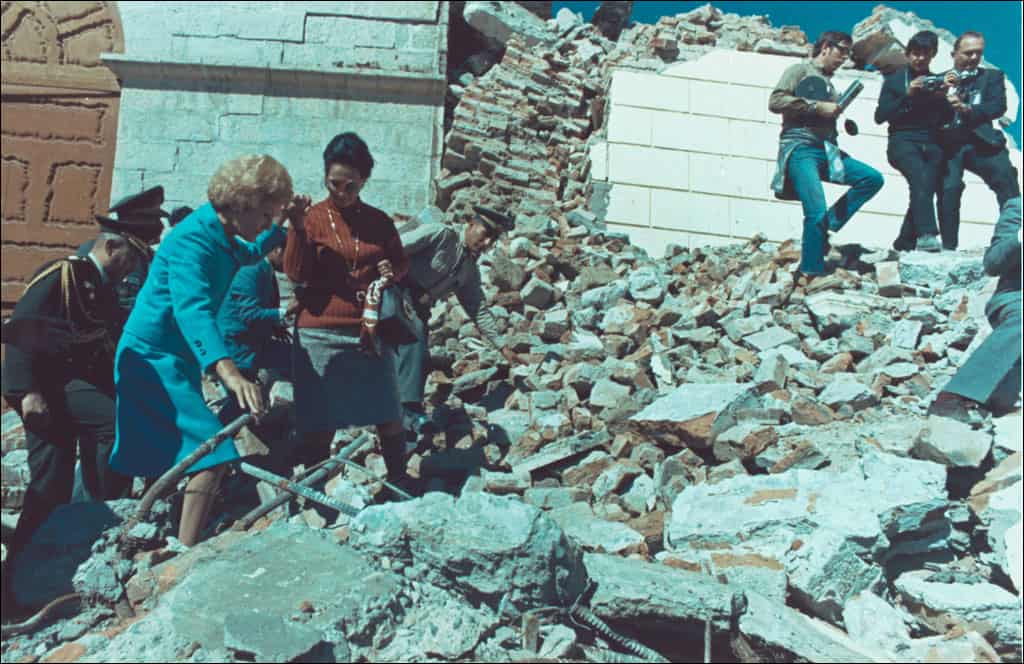
Due to the nature of the disaster, the earthquake prompted a huge international response. The Peruvian government coordinated with dozens of other nations to provide medical care, shelter, food, and supplies and help to rebuild. Still, the impact on the local economy was substantial, and it took years before the area even began to resemble pre-earthquake living standards.
The image featured at the top of this post is ©Rocio V/Shutterstock.com.
